Alright – so today we’ve got the honor of introducing you to Sylvia Tomayko-Peters. We think you’ll enjoy our conversation, we’ve shared it below.
Alright, Sylvia thanks for taking the time to share your stories and insights with us today. When did you first know you wanted to pursue a creative/artistic path professionally?
I often think I stumbled into visual art backwards. I learned technique and art history as a kid – growing up with two artist parents it was hard to avoid – but I had no desire to use it. Being a creative in some manner seemed like the normal thing to do though, so I went to school for writing and cultural theory. Once I graduated, and no one was making me write, I found I just didn’t want to. I put myself through years of pounding my head against a wall trying to write, thinking that creativity had to be this painful thing and it suddenly hit me – I don’t have to do that to myself. At a loss for direction, I had a string of jobs all for small businesses that either made or sold handmade products. I learned the ropes and found that I still had the desire to make something my own. That’s when I started book binding (I’d only taken one week long class several years prior). I spent my free time sewing books from repurposed paper and started selling them online. Soon it wasn’t enough, I wanted to create the images on my books, not just find them, so I learned printmaking. As my business grew, so did my confidence in my design and illustration skills – I taught myself what I needed to know as I went. It wasn’t until several years of doing all the art for my business that I finally started to think of myself as an actual artist. To me, art was “fine art” and lived in studios and galleries. It took time to unlearn what the traditional definition of art was, and understand and embrace that workshops and crafts are art too. There is no rigid boundary between an artisan binding books and an artist painting with oils, instead there is a blurry spectrum where most creative work lives. I’ve come to love that blurry space and enjoy the overlap in my own creative work and business.

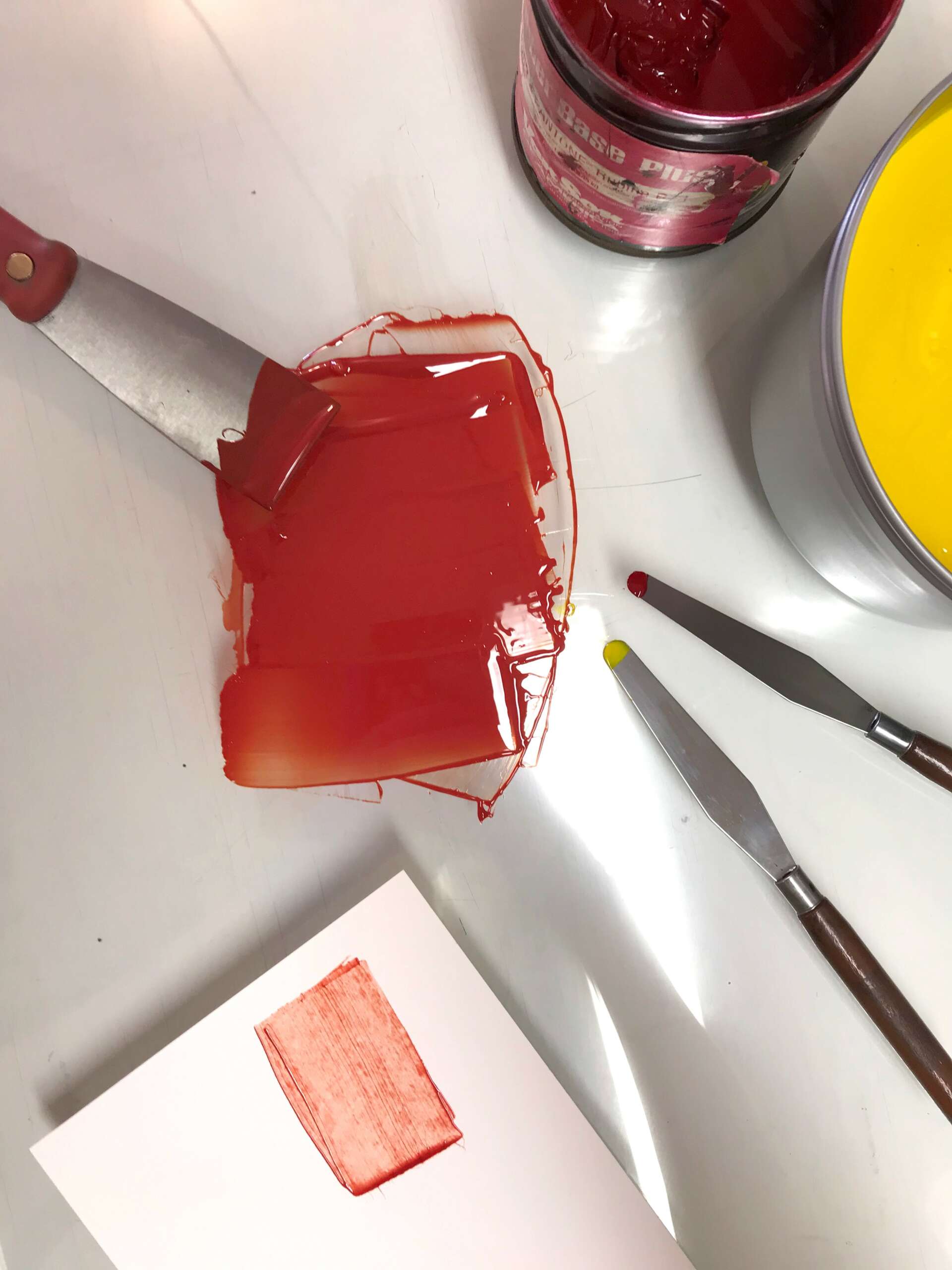
Sylvia, before we move on to more of these sorts of questions, can you take some time to bring our readers up to speed on you and what you do?
All of the paper goods that I make are printed by hand. I actually do most of my design digitally, but in the end every notebook, card, or print you get from Middle Dune has touched my hands during my very non-digital printing process. I primarily work with screen printing and letterpress, two old school methods that are still alive and well today. I love that printmaking uses my whole body. My hands get messy mixing ink, my arms get tired when I pull a screen print, and I am physically pumping with my legs to run my manual antique letterpress. I think that effort comes through in the results and makes each piece feel like a small treasure. Being a conscious and responsible consumer is really important to me. I want my customers to know they’re buying something that care went into, not a disposable object they’ll immediately replace. I even think of my greeting cards as tiny prints – my own home is full of cards I’ve received, both on the fridge and hanging in frames.
Whatever medium I’m using, whether the work will end up on a notebook cover or a gallery wall, my goal is to build out the small fantasy worlds in my head. I think of my work as archeological evidence left behind from these worlds, full of their own history and mythology. My inspiration comes from the margins of the art world – folk art, traditional textiles, ceramic decoration, medieval marginalia, scientific illustration. These inspirations go back to that blurry boundary between art and craft.
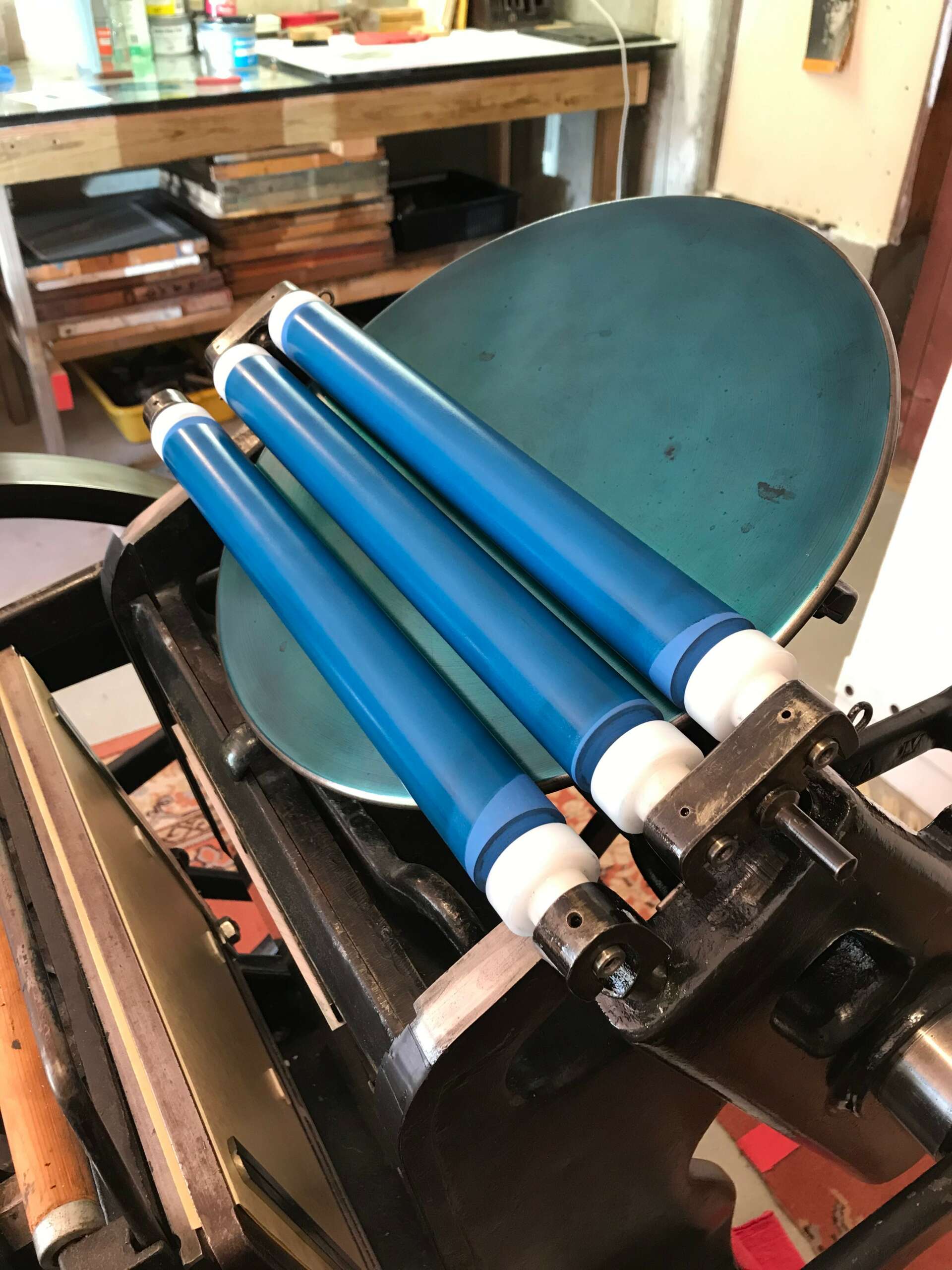
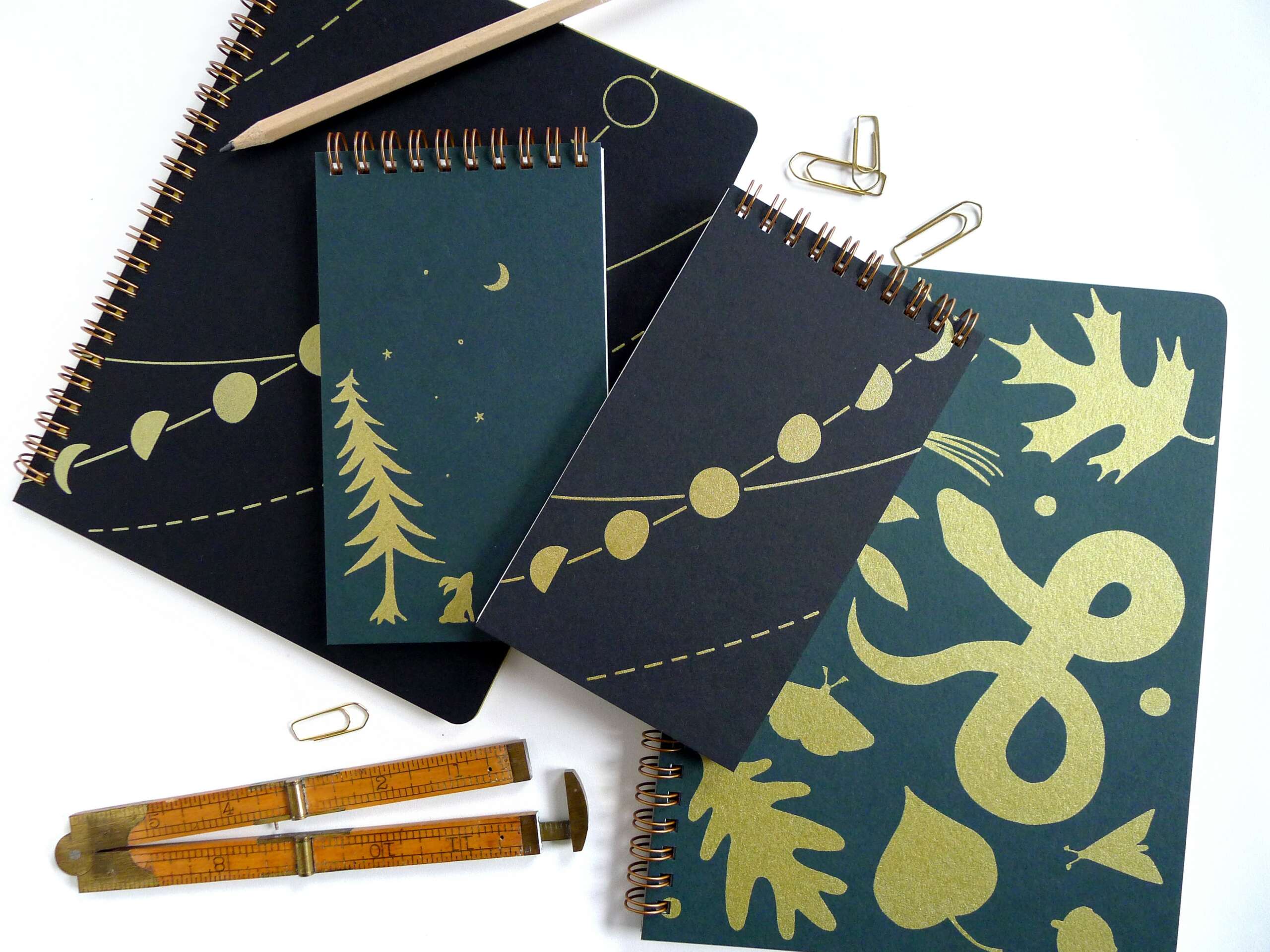
Is there something you think non-creatives will struggle to understand about your journey as a creative?
I think a common misconception is that being an artist is either a full time career or it just doesn’t happen. The truth is that I worked multiple jobs, cobbling together a living while building my business and making art. I now work for myself full time but it took me years to achieve that. Almost all the creatives I know got their start the same way. You don’t have to make the scary decision to “be an artist” and quit your job all at once. I guess one thing you do have to get comfortable with though is a little chaos – finding time to do your art around your other work. Slowly though, I cut down the hours I was working for other people and increased the time I put into Middle Dune. Eventually I knew the time was right, I couldn’t grow my business any more unless I focused my effort there. Going full time was no longer frightening at that point. I’d worked out the kinks and knew that I had a customer base that would support me.
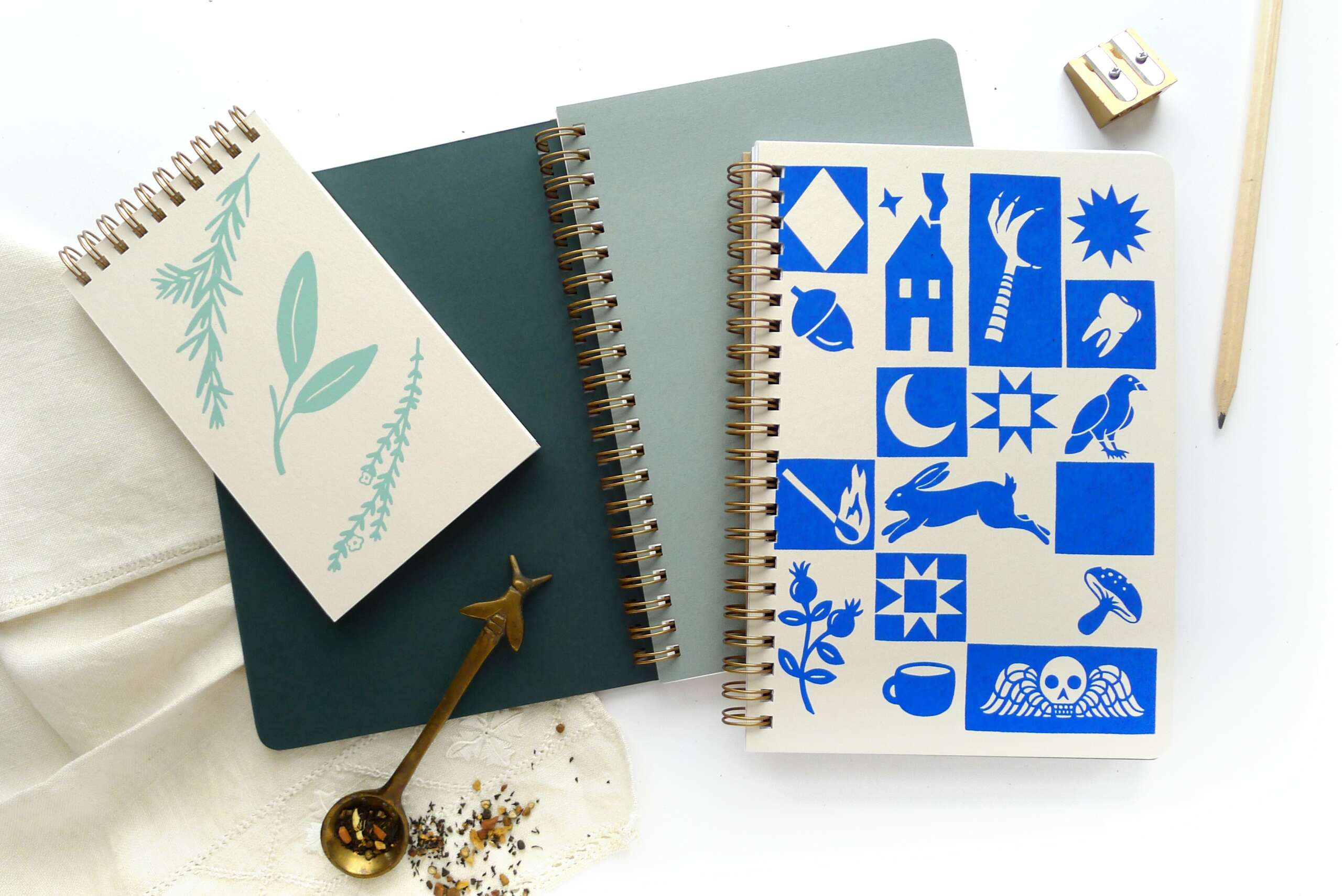
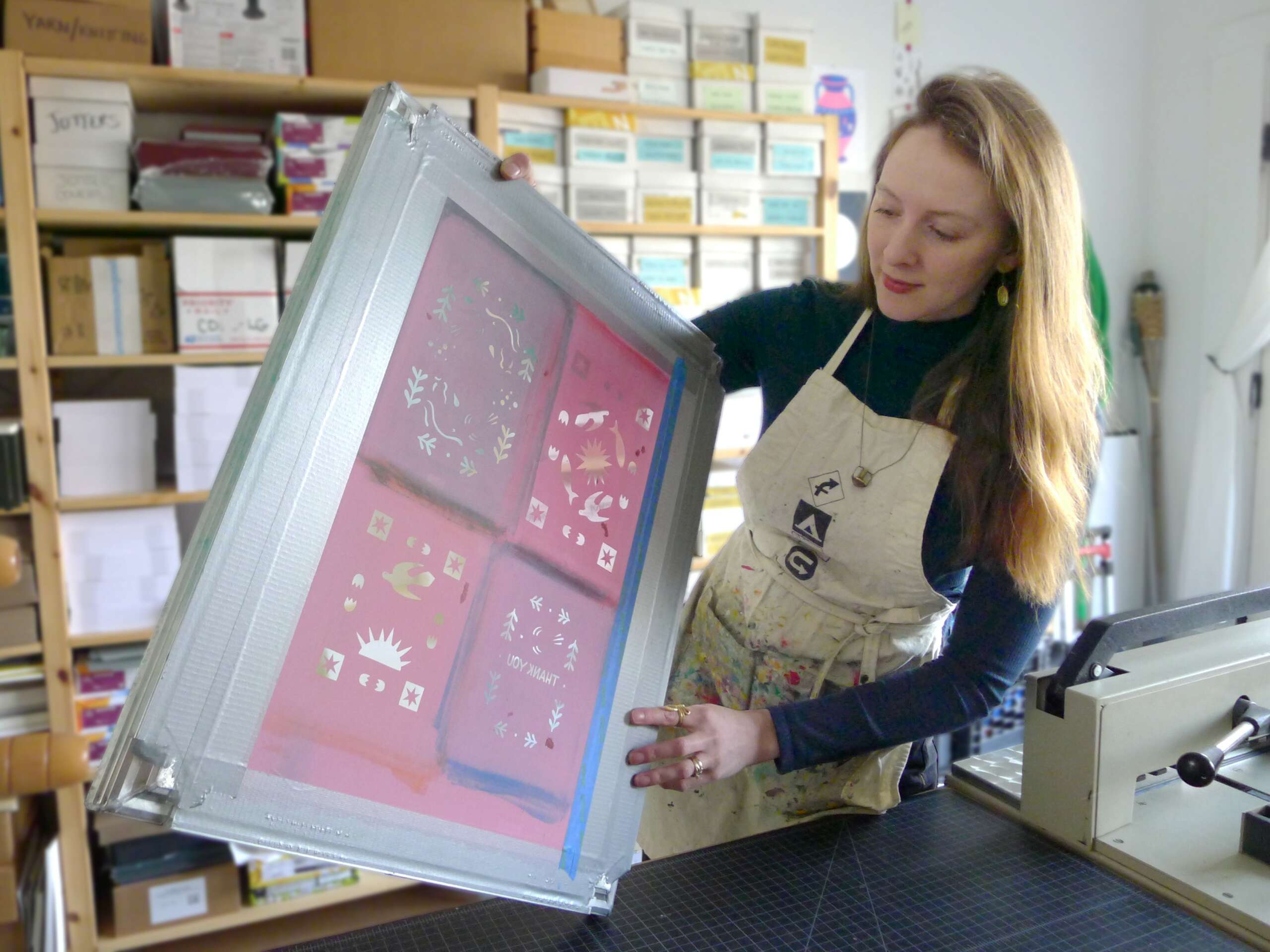
What can society do to ensure an environment that’s helpful to artists and creatives?
One of the biggest threats to the creative world is overproduction and overconsumption. I know that sounds funny coming from someone who sells things for a living. The problem is, we buy so much without thinking about how it was made or what will happen to it when we inevitably throw it away. As a society we produce a glut to fill this consumerist desire and that often means that work people put time, effort, and care into gets lost in the mountain of stuff. I know we can’t all spend money on hand thrown dinnerware, and I’m not saying you need to. My suggestion is for us to pause and think before buying and to spend our money in a way that reflects our values when we can. If you want your local art scene to thrive, put some of your dollars there – save up for a piece of art you want, go out to hear live music, shop at the local store that has handmade goods – and savor the experience.
Contact Info:
- Website: middledune.com
- Instagram: https://www.instagram.com/middledune


